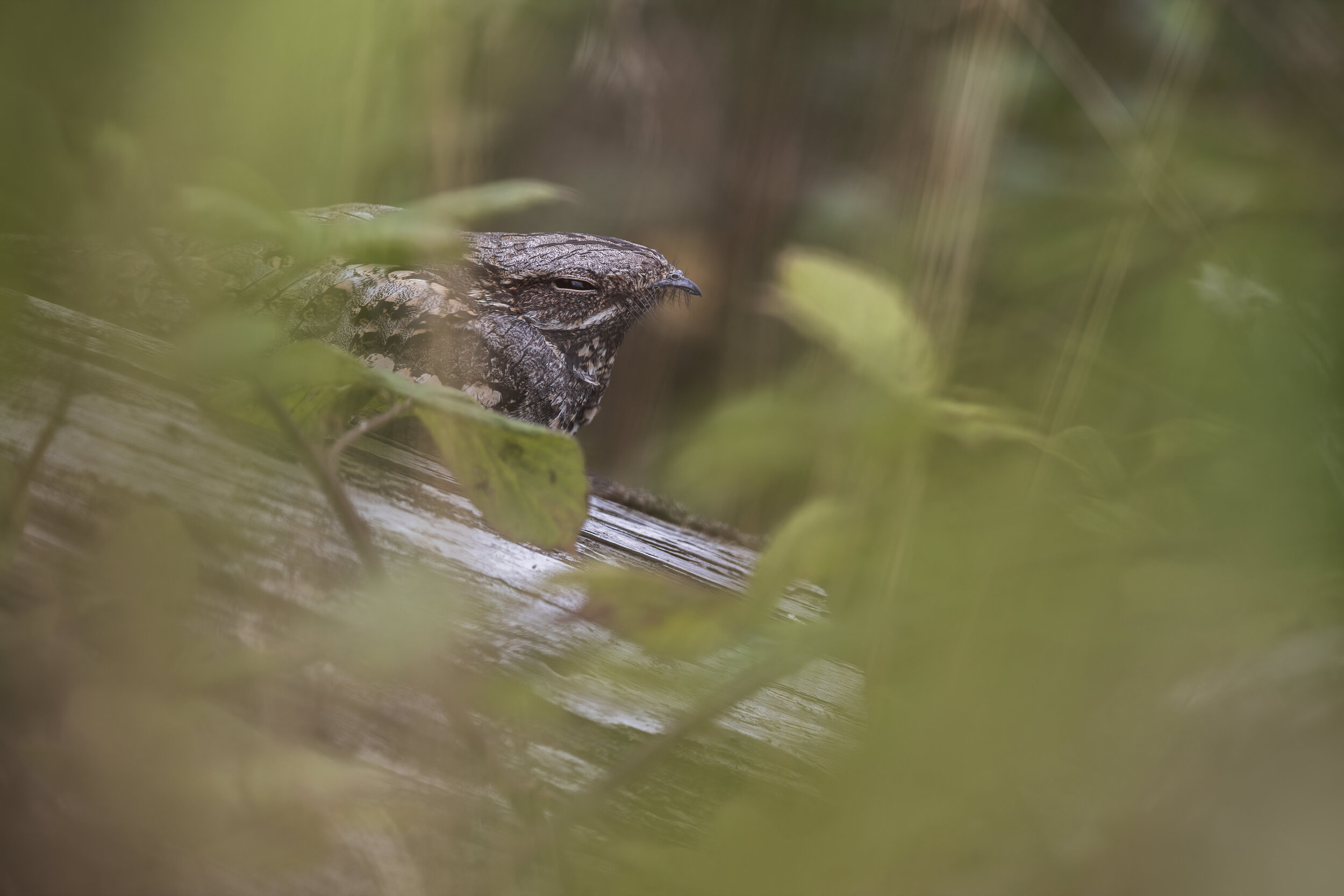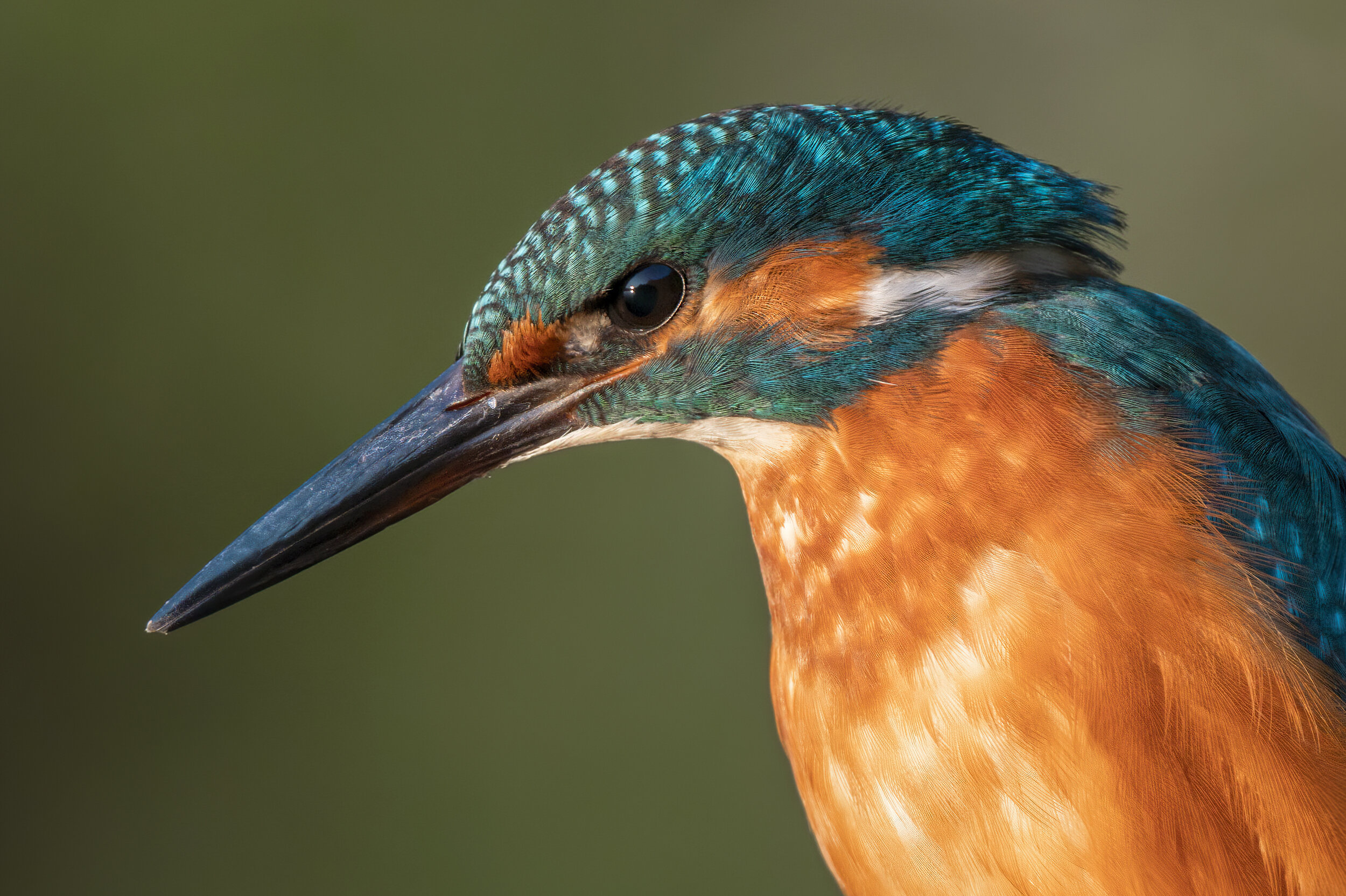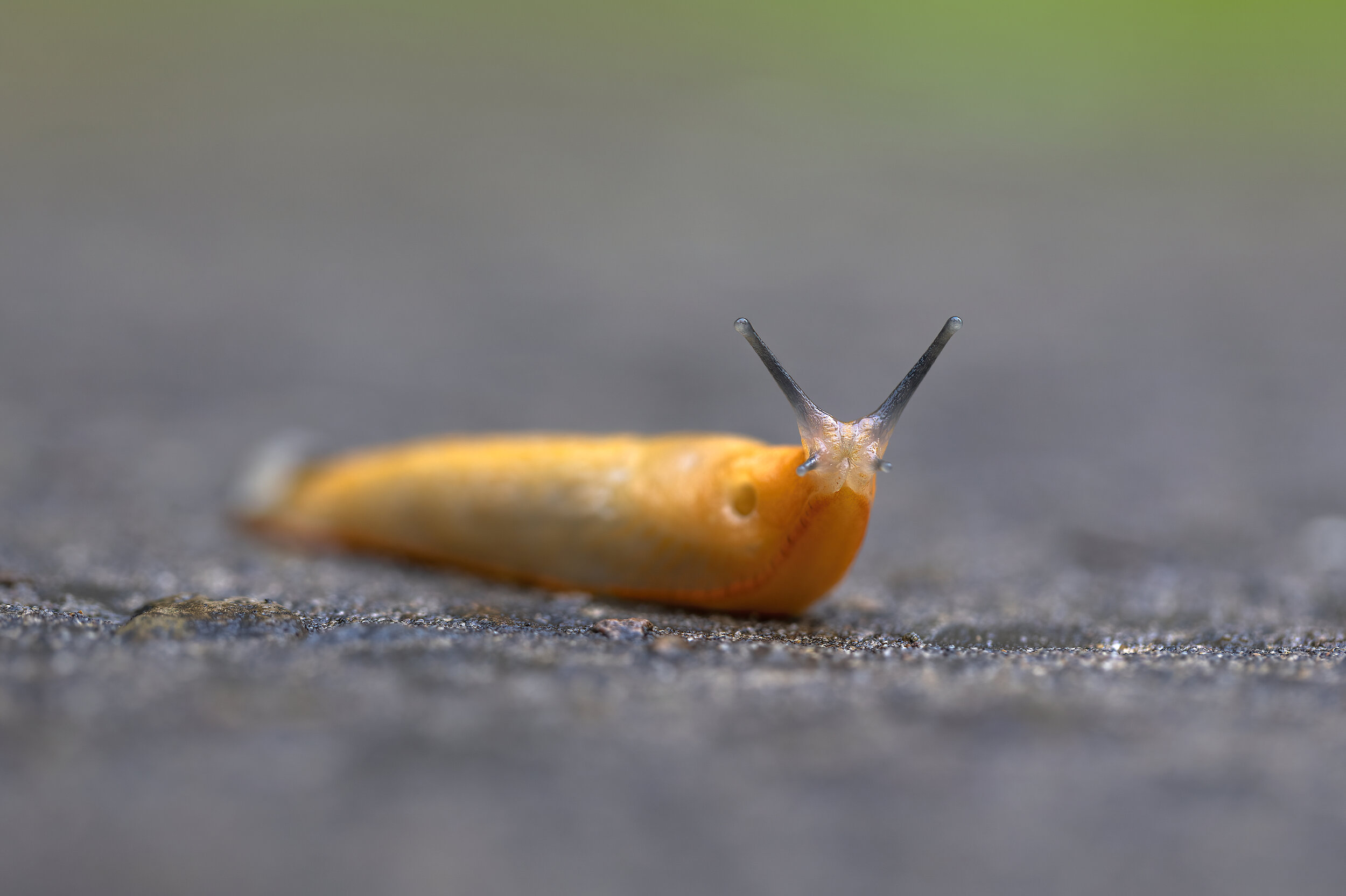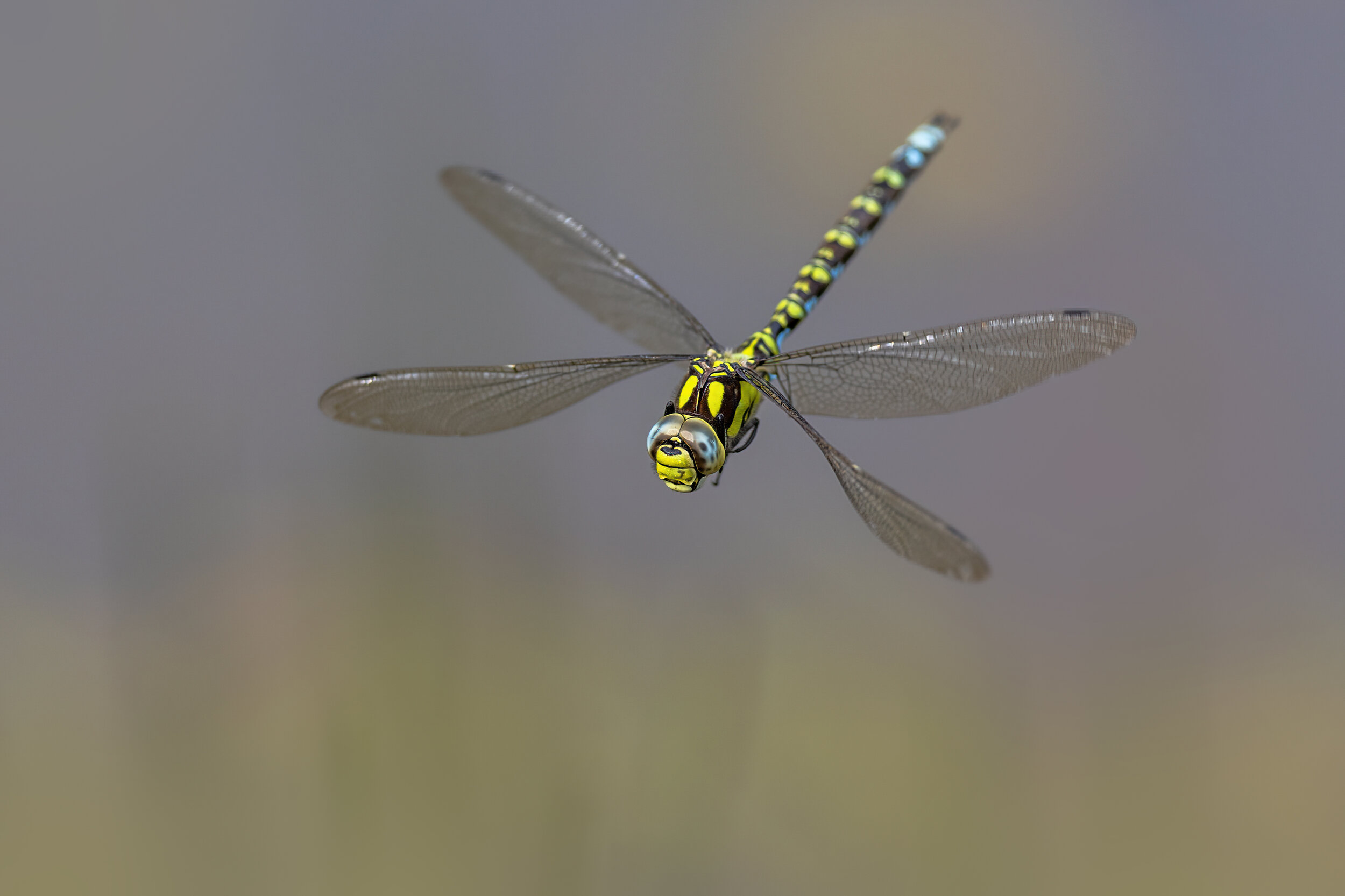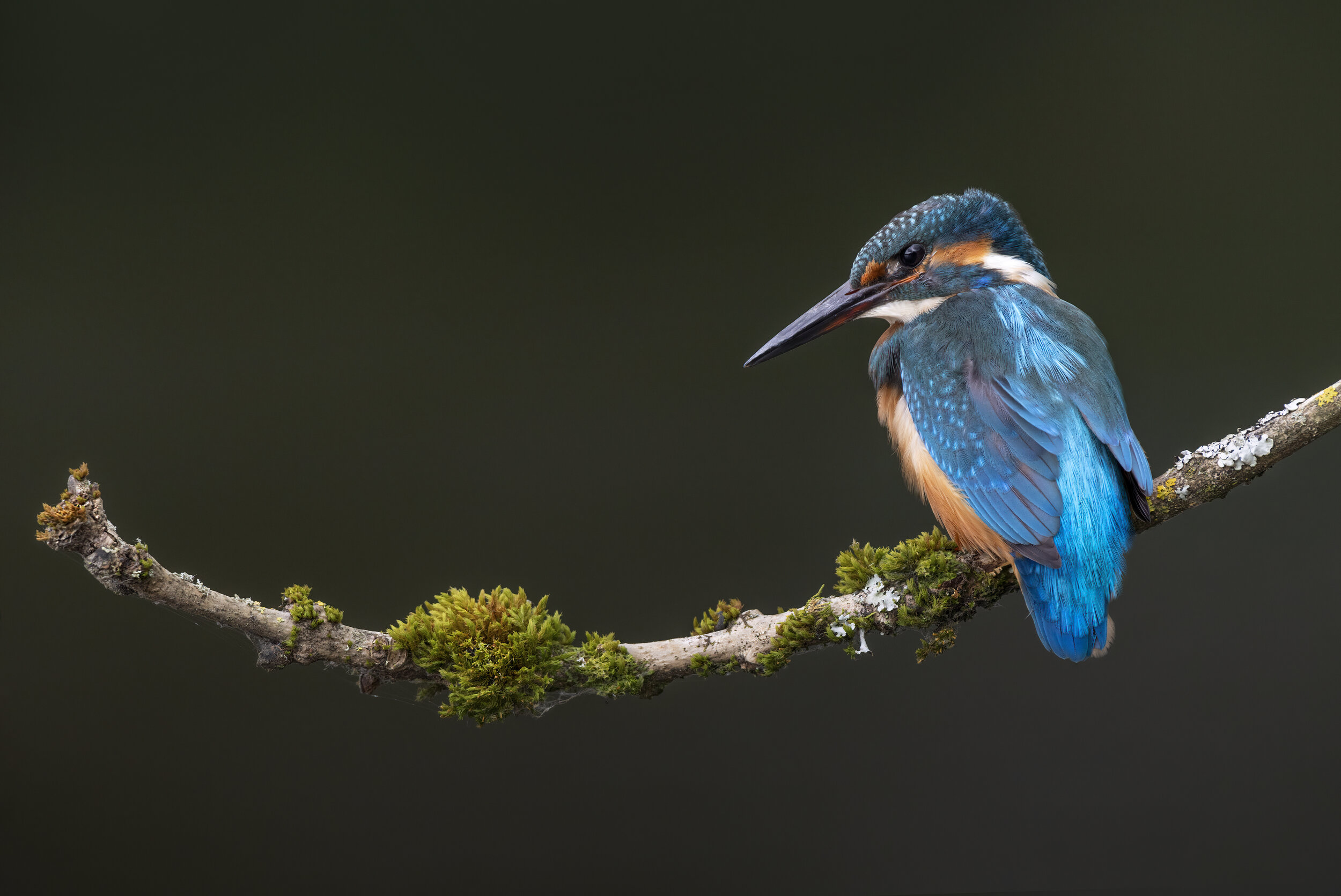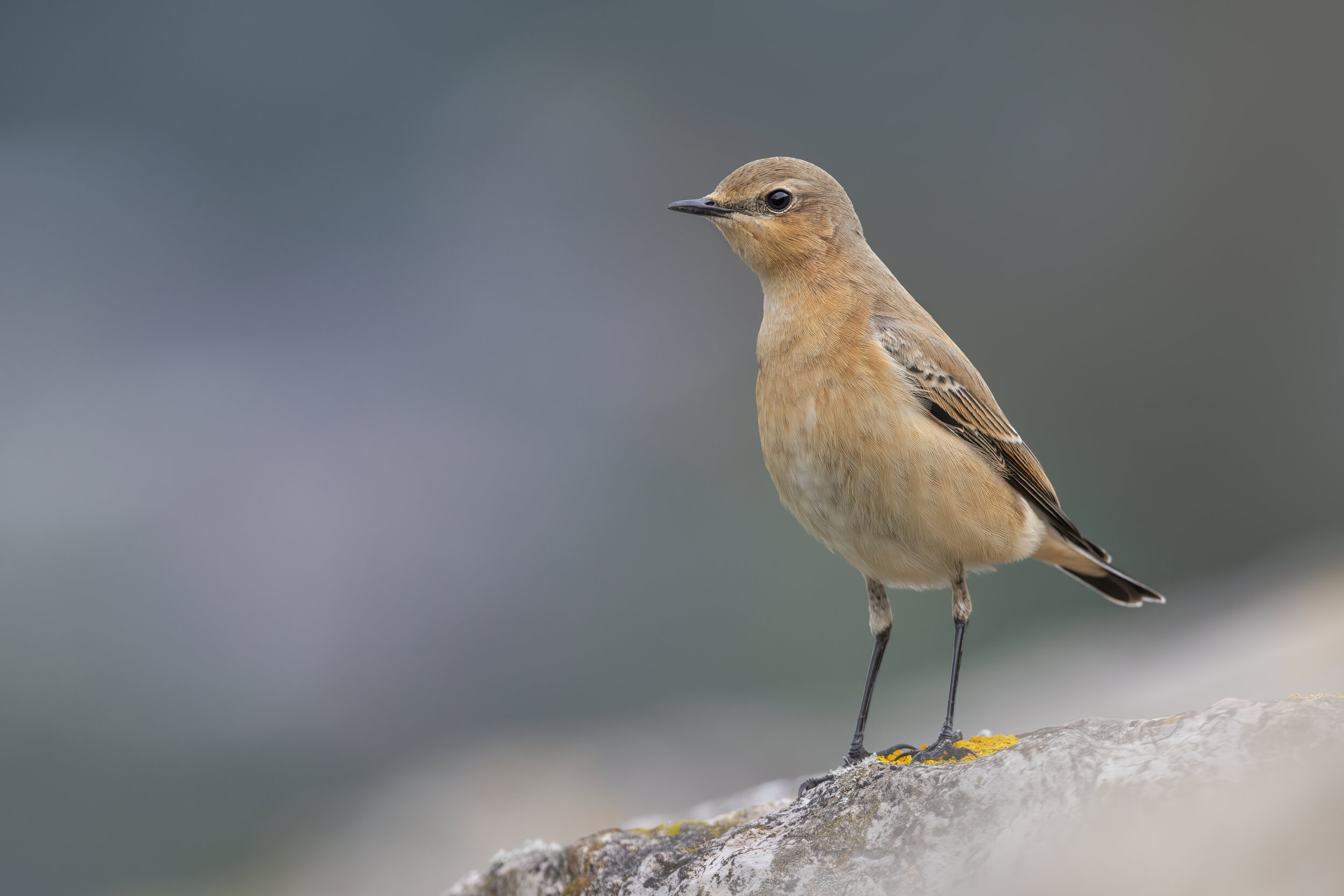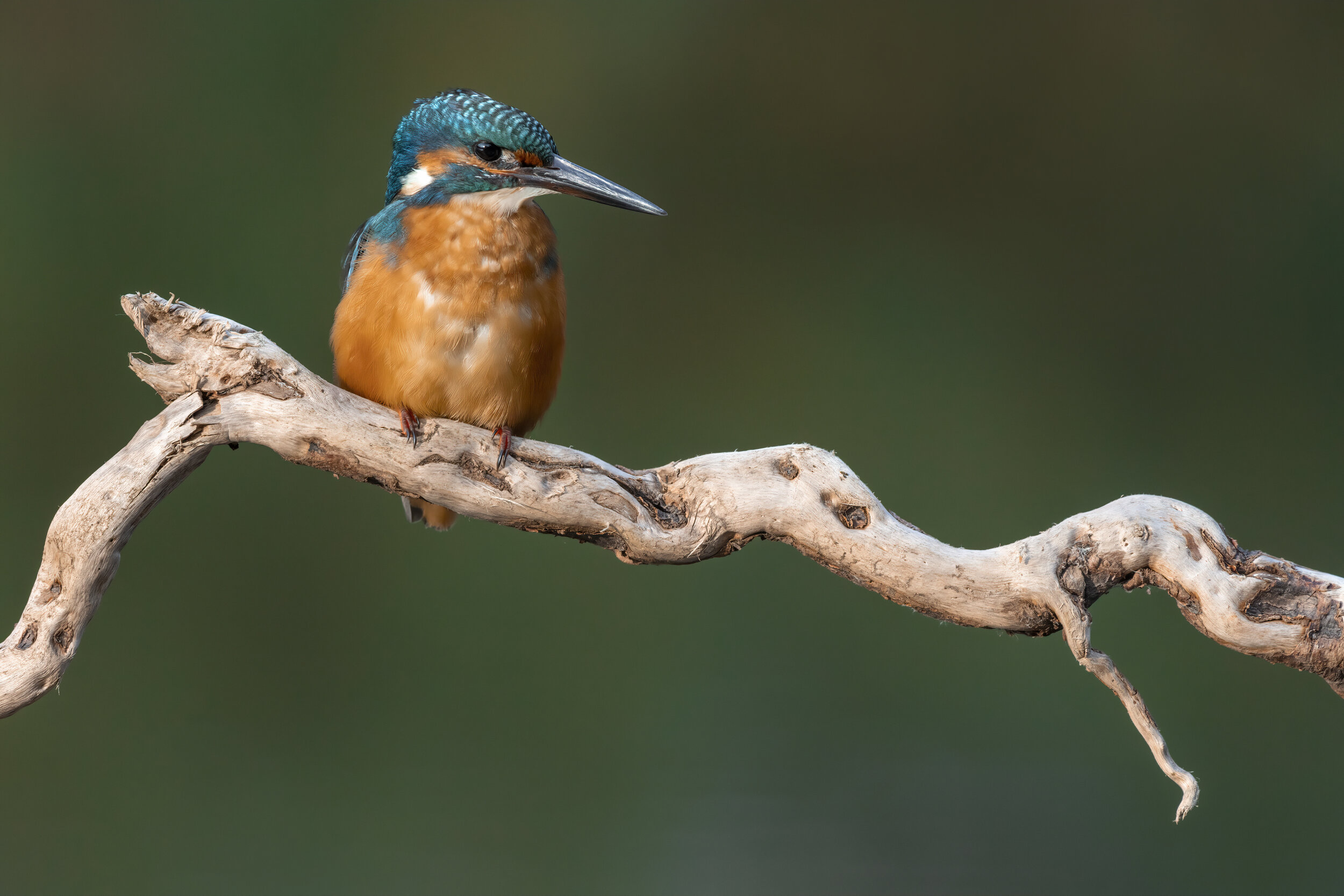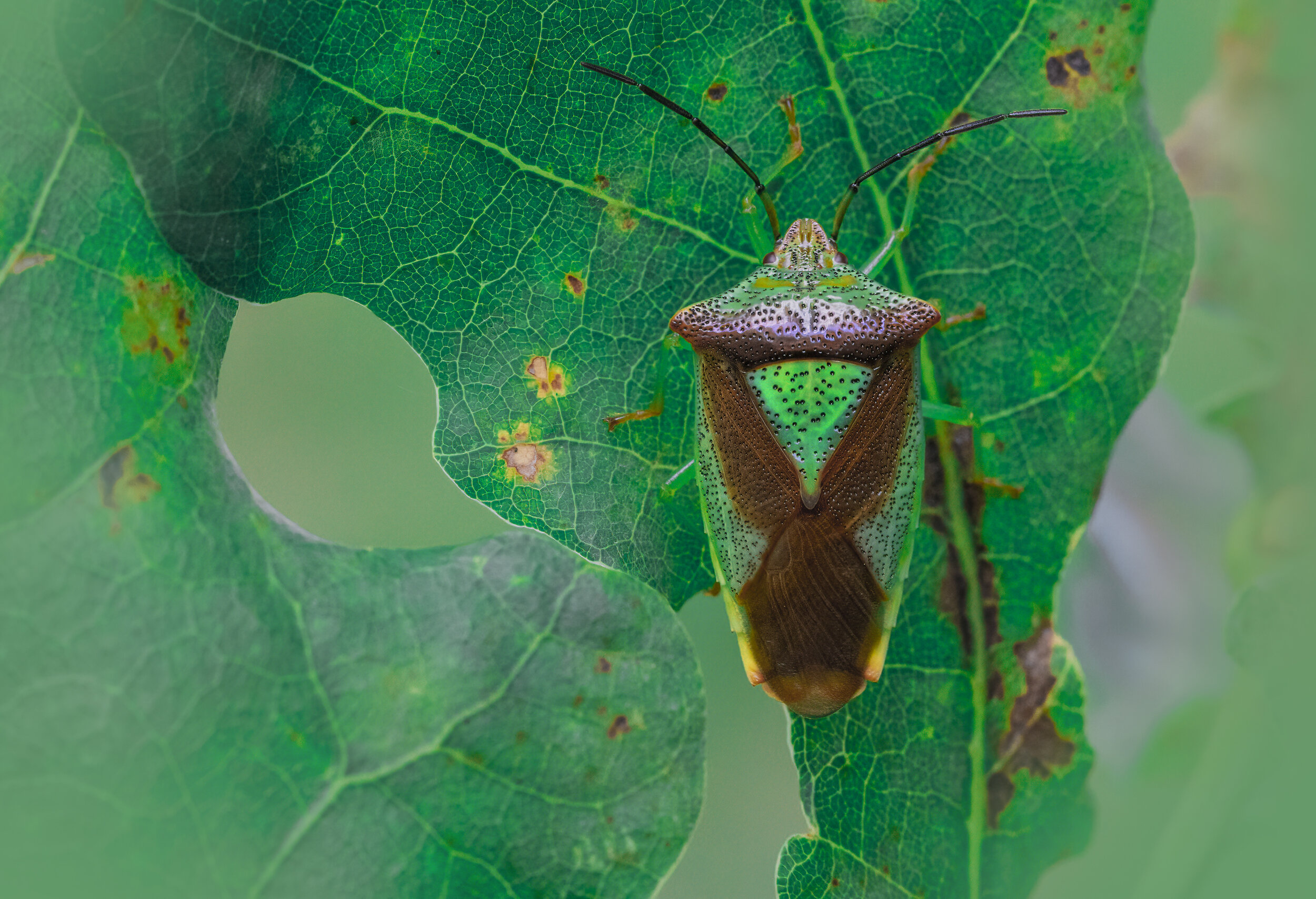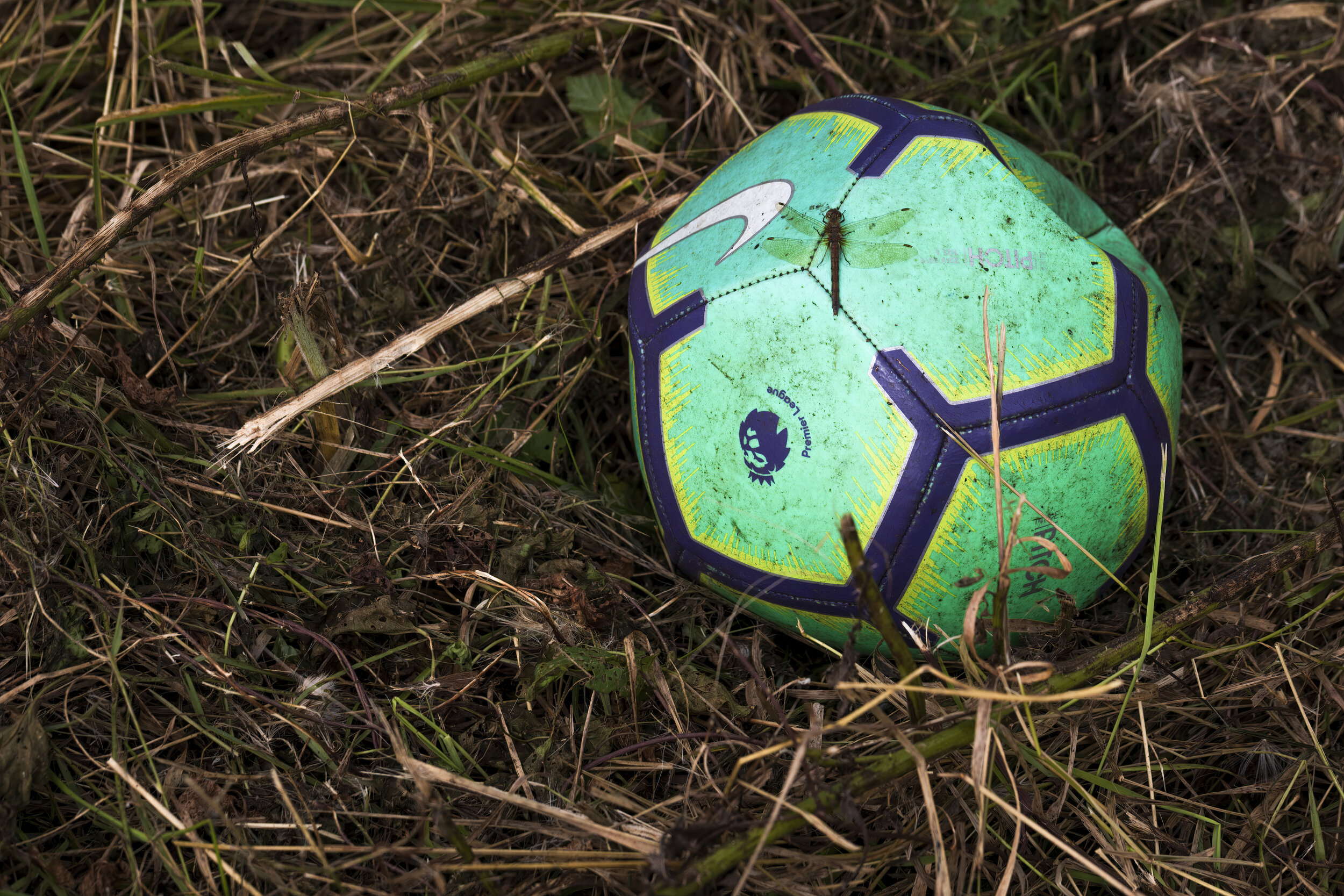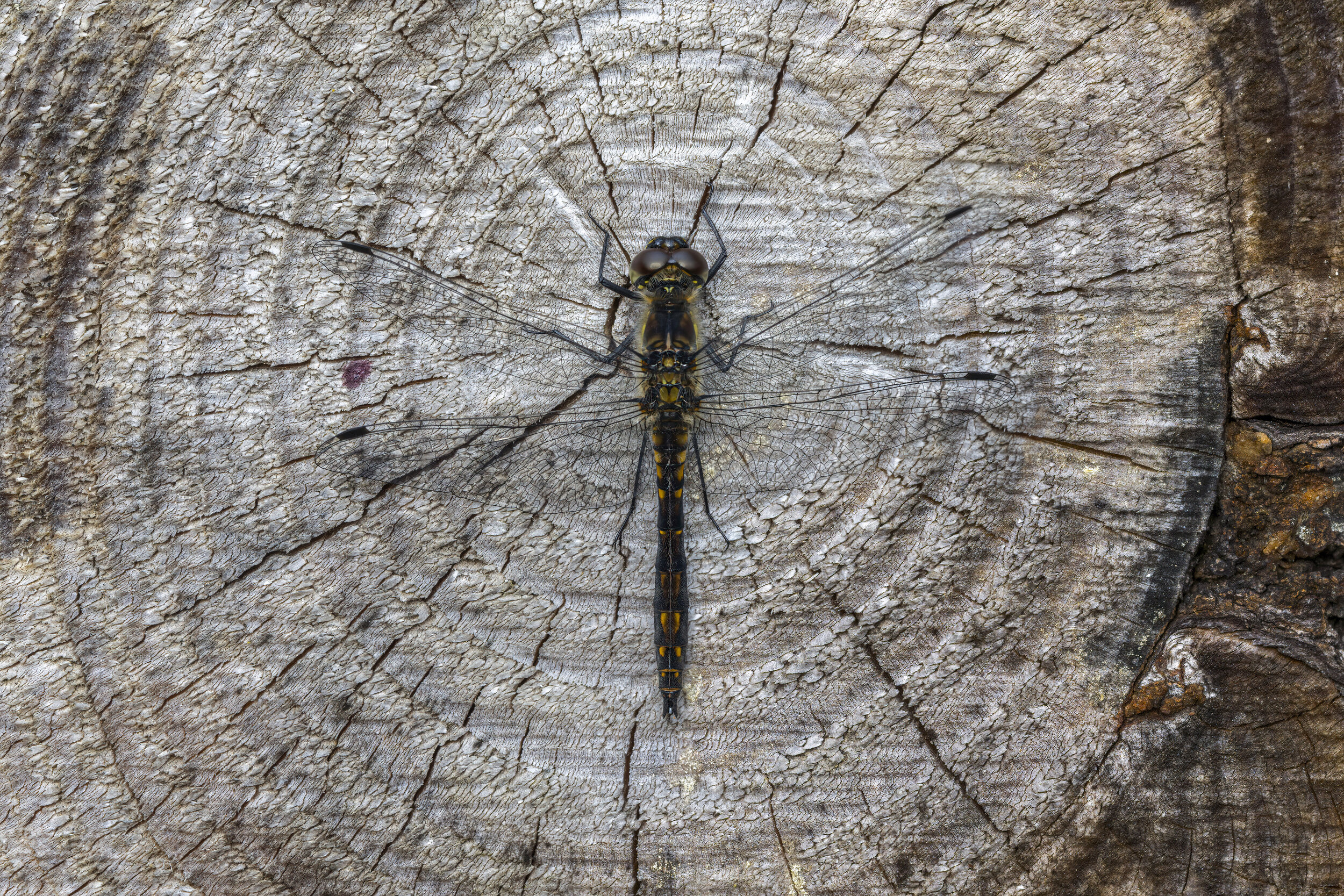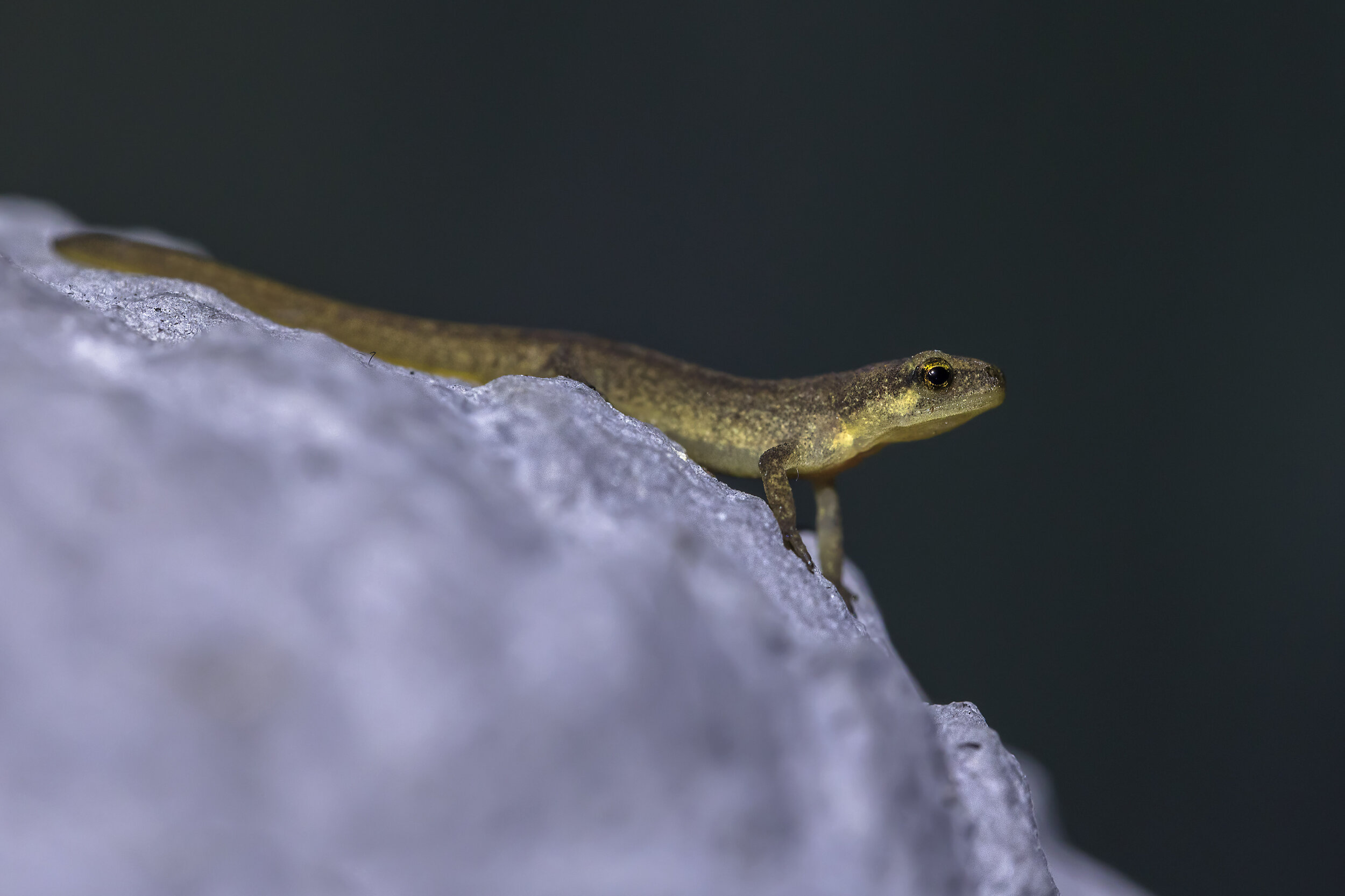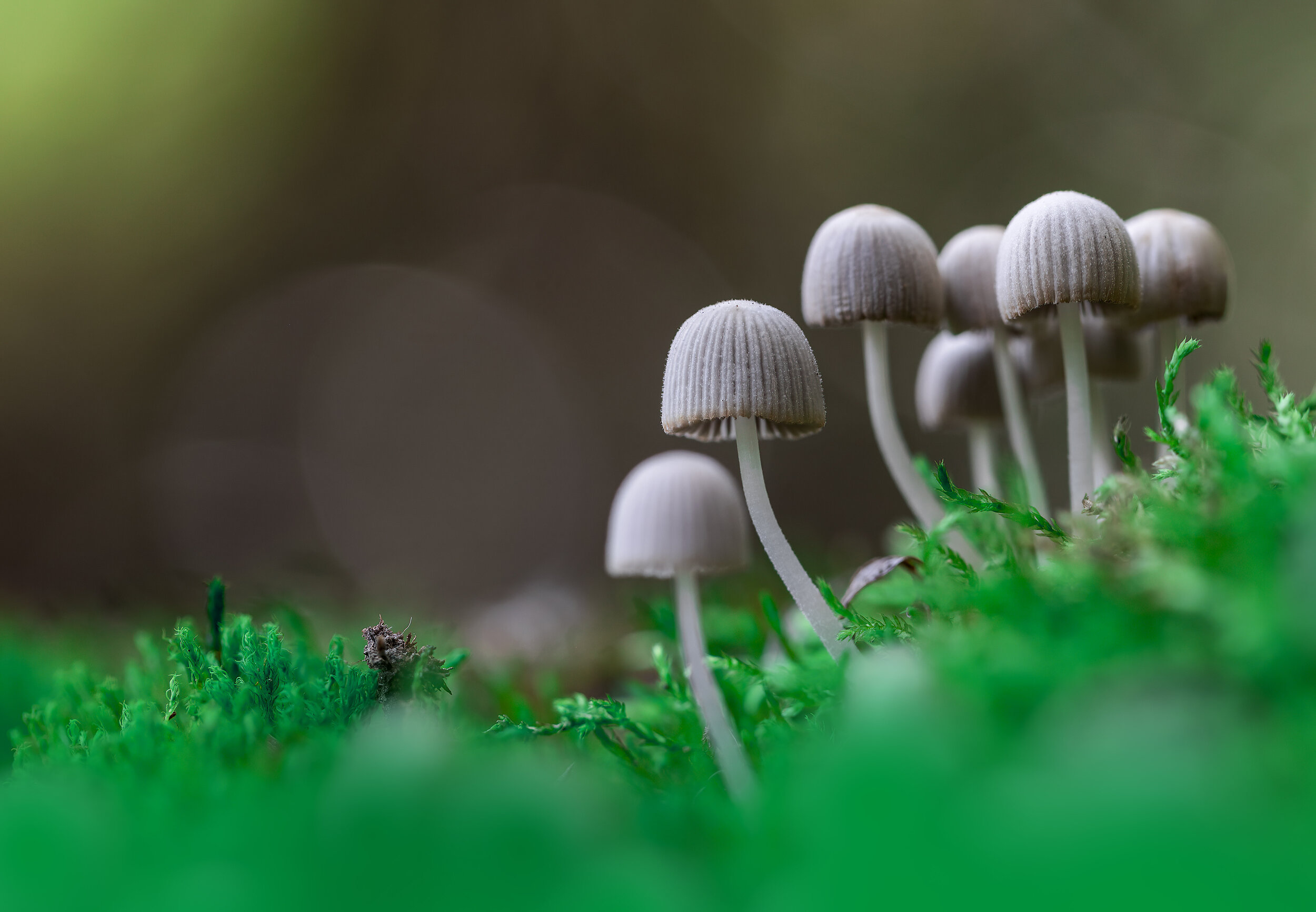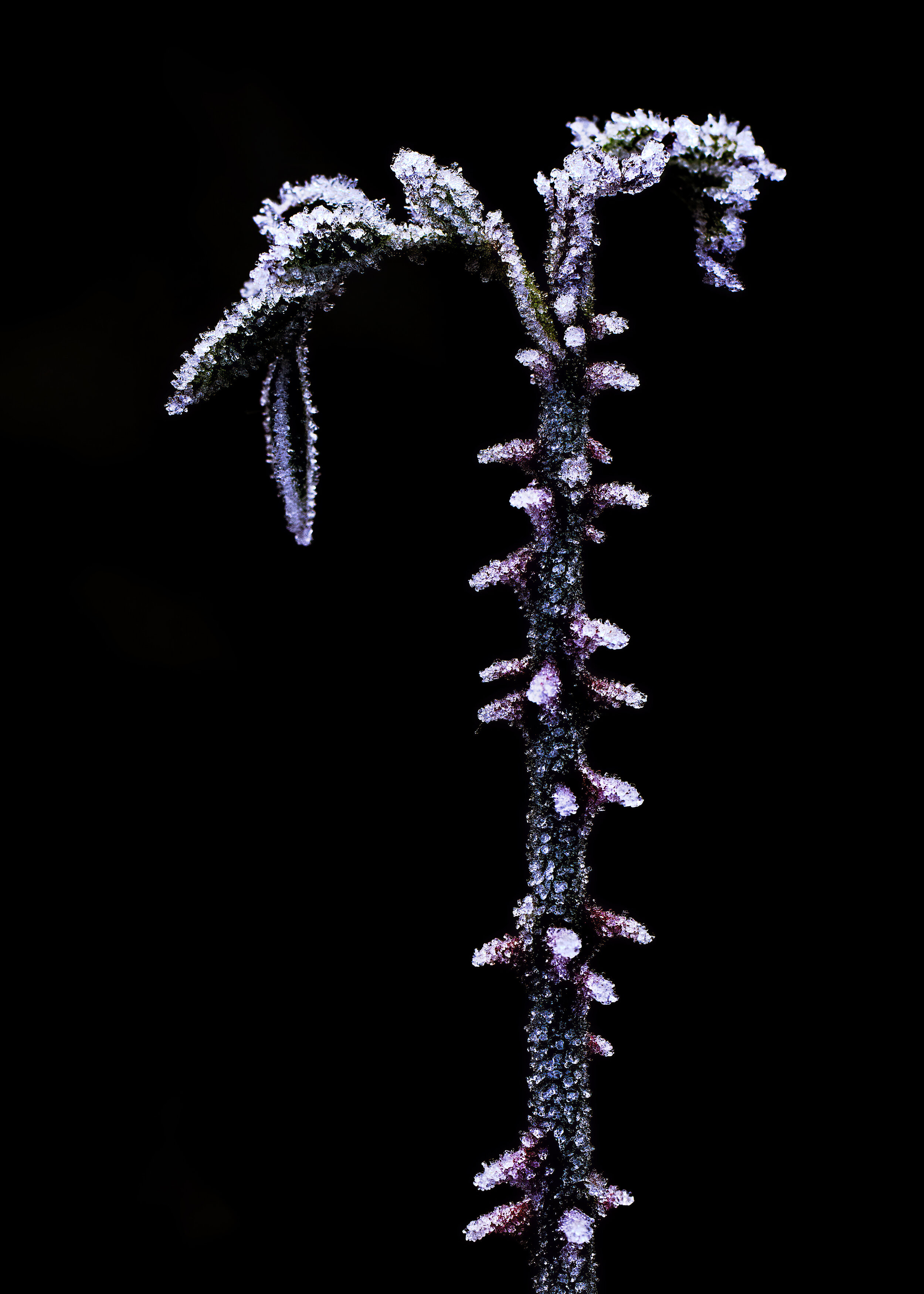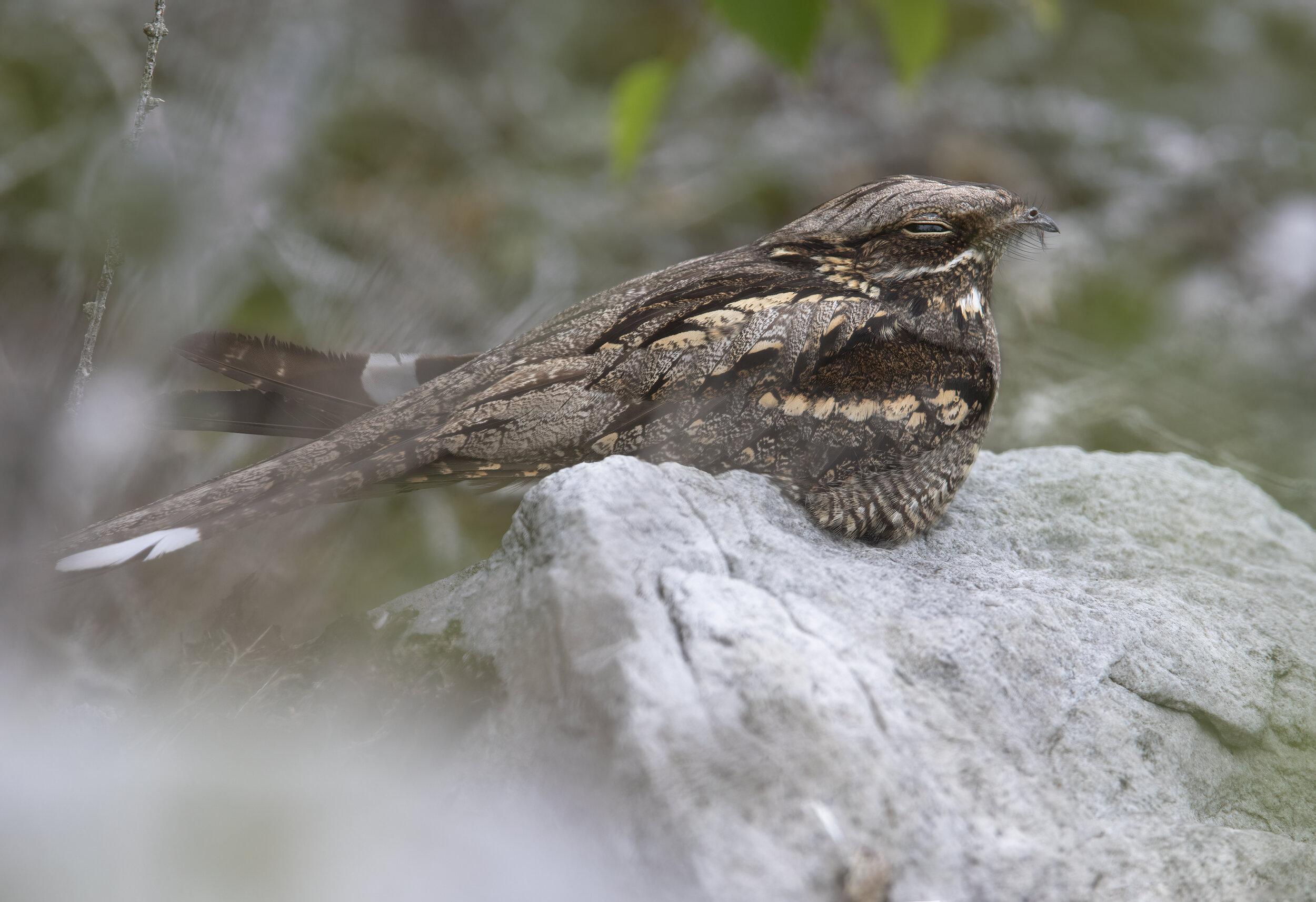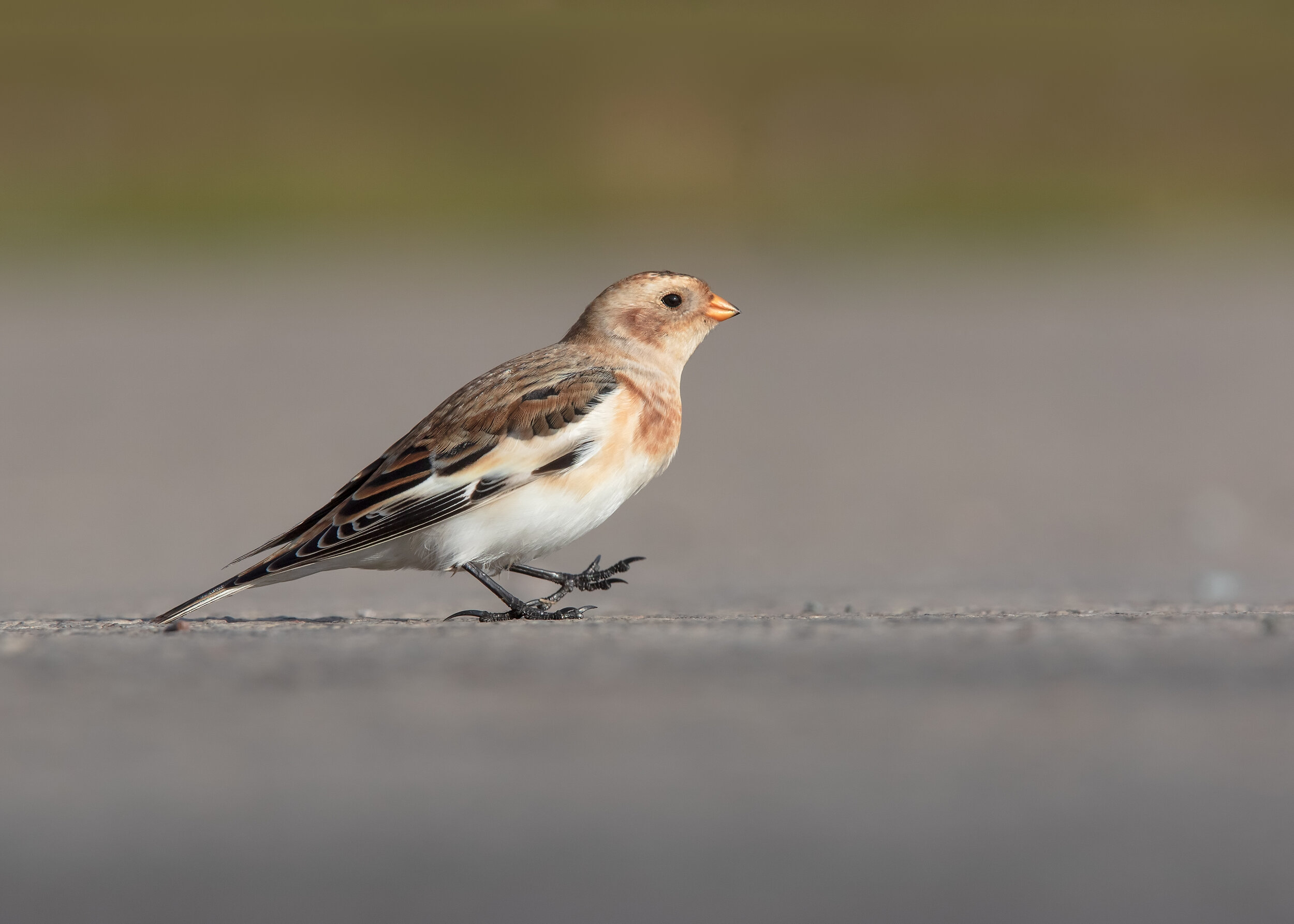Well I can’t say that the Christmas season was ‘busy’ but after weeks worth of terrible weather in combo with doing my back in, I spent most of my time at home but so far the new year has brought a few windows in the weather, and despite the fact that the temps have dropped some what, with minus temps at night / early mornings, the sun has still been strong enough to spur on early signs of spring already! With lots of budding tree’s, emerging spring flowers, Butterflies on the wing, more singing bird species by the day and even nest building. I spent a few of the sunny days we’ve had so far with my Partner on some beautiful sandy walks around the Ogmore Coastline and some rather wet and muddy walks in the Forest of Dean: Two of our favourite places to be after experiencing a bit of cabin fever over the Christmas period. After a quick procedure in Hospital, I’m almost back into normal routine and I’m very much looking to get back to work and to enjoy the signs of the fast approaching spring.
For the photographers interested in gear, all bar the swan pics were taken with the 2x extender on the 400 DO ii / R6 and some even with both the 2x and 1.4x extender stacked ontop of each other. This combo wouldn’t even work on my 7Dmk ii but the focusing speed on the R6 is so good, it’s a combo i’ll be using more often.
Whilst winter is far from over just yet, I did have some winter goals which mostly included species I wished to sound recording. Top of the list was Dipper, which I did manage to share with you on my last blog, but I also really wanted to record Crossbill singing and with a bumper crop of cones this winter, it seemed to be the perfect year. My first attempt after a kick out of the door by my friend Craig Constance and here were the results: I got two close encounters with two different males below and also a recording showing their ‘excitement call’ which is said to reaffirm bonds between pairs, but in my observations, they also seem to use this call to alert other crossbill that they are grouping up to have a drink. You’ll notice this time of year that you get sometimes large flocks of crossbill all drinking together at a puddle and they do this together as it’s a time where they are most vulnerable to predators. Usually one or two Crossbill will remain high up in a tree with good visibility all around just to keep a watch out and once they are done, they usually split off and continue with feeding. You’ll probably already know, that Crossbill breed according to the availability of cones, which means they could breed in the depths of winter. There were a few Crossbill collecting material so I presume they are breeding right now and there were plenty of song flight displays, which is the only recording I didn’t manage to capture, so if I don’t manage to get that this year, that’s something I’ll have to wait for. Either way, I’m very please with the recordings below.
























